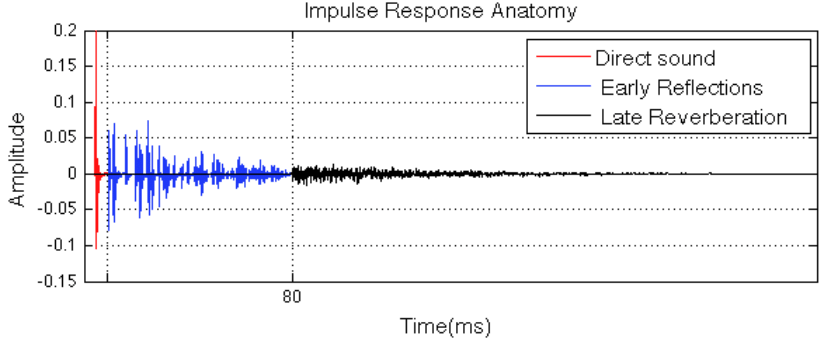Search Topic
Reverb effect on sound
Prelude

Reverb is created when a sound is reflected causing numerous reflections to build up and then decay as the sound is absorbed by the surfaces of objects in the space with every surface—hard, soft, tall, short and everything in between. Without that sense of space sounds often seem unnatural, thin, or hollow. Reverb effect creates a variation in music.
Reverb

What is Reverve effect ?
Reverb effect – that occur when a sound hits any hard surface and reflects back to the listener. Reverb varies with times and amplitudes to create a complex echo.
Types of Reverb
Plate Reverb –
In 1950 -1960 reverb occurred by mounting a large metal plate on spring clips through which the audio signal to vibrate the plate. This perfectly placed which instigate the vibration, that create a mixes of sound, a resonant room.
Spring Reverb –
In 1960, introduces uses an acoustic trick, spring reverb added in guitar amps as a standard feature. The spring creates the vibration here. The techniques is still in use. A transducer sends a sound, creates vibration sends to the spring end which collides and send back the sound, by echo.
Room Reverb –
Our most basic reverb type is a room. The size of the room differ as the reverb will effect accordingly. These reverbs can add space to a source. Room reverbs sound most like the normal ambiance.
Hall Reverb –
Because of the huge size of the hall sounds effect most. Creates reverb called Hall Reverb. Due to the size it creates more decays which in turn strengthen the reverb. They are perfect for thickening up and adding space to strings and pads. Concert Halls are spaces that are specifically made to the enjoyment of music.
Chamber Reverb –
It’s very similar to hall reverb. When a vast reverberant space. He dedicated a smaller room with very reflective surfaces. This smaller room was especially reflective. Previously, studios built reverb chambers by placing a speaker and a microphone inside of a reflective room
Parameters of Reverb:
- Size – It means size of the stimulated space. Where the Reverb took place. The bigger the size of the space reflection of reverb will be longer and strong.
- Decay – It’s the time when reflected sound to decreased to silence, it’s called decay time or reverb time or RT 60.
- Pre-Delay- It is the exact time between the first source of sound and first time reflection of sound.
- Early Reflection – Early Reflections settings determine the level of the very first reverb reflections audible. It’s called initial reflections or pre-echoes.
- Mix – Signal with reverb means wet mix and without reverb means dry mix. Wet mix makes the instrument sound farther away. Wet mix helps for louder reverb.








